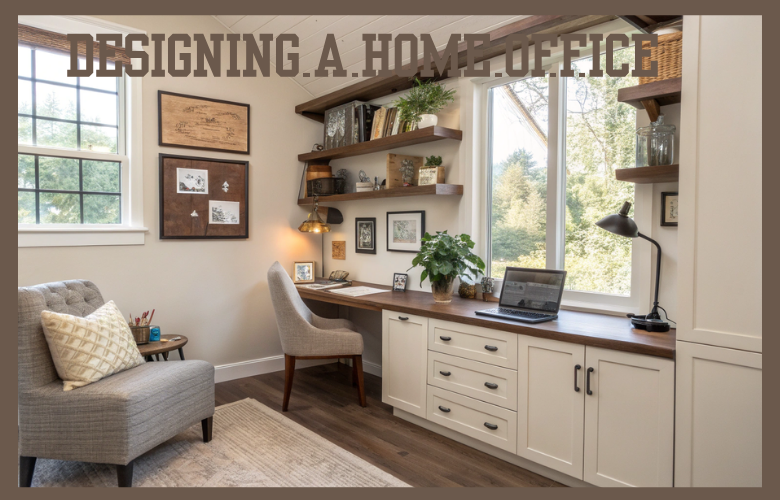If you’re one of the millions of people who spend a portion of their working week at home, then you’ll want to be sure that your working environment is arranged in such a way as to optimise productivity, and maximise the sense of fulfilment you get from working.
This might mean redecorating, rearranging the furniture, or investing in a few choice gadgets and improvements. Let’s take a closer look.
Maximising Space in Your Home Office
To begin with, you’ll want to make sure that you’ve extracted the maximum possible space from your office. If you feel that you’re hemmed in on all sides by clutter, or that your office is simply a little bit too small, you’re unlikely to be productive.
Fitted furniture is a great way to reclaim those extra square inches. Corner desks, fitted shelves, and other improvements will ensure that your furniture fits the contours of your space perfectly.
Designing a functional workspace
Your workspace is there to support the work you’ll be doing. When you design it, you should be mindful of your workflow, and how the layout is going to support it. If you work with audio, for example, then you might seek to prioritise acoustics and speaker placement.
There are a few concerns that should apply in just about every workspace. Ergonomics matter, especially if you’re spending a large portion of your day typing. Think about the actions you’re taking regularly, and plan the space so that you rarely have to stretch. If you’re constantly reaching for a particular drawer, then perhaps the contents of that drawer might be put somewhere a little more accessible.
Also Read:Salma Shah: Influential UK Political Strategist and Communications Expert
Add a Touch of Style
It might be tempting to put functional concerns at the forefront of your plans, and to consider things like colours and decoration as an afterthought. But if you’re going to feel motivated in your office, then you’ll need to feel comfortable and inspired in it. A few choice houseplants, some artwork, and personal photos around your desk can make a world of difference.
When it comes to lighting, you’ll want a combination of ambient, task, and accent lighting. Of these, arguably the most important is task lighting. Above all, don’t be tempted to rely solely on the light from a computer monitor. This can lead to eye strain, especially if you often work late into the night.

